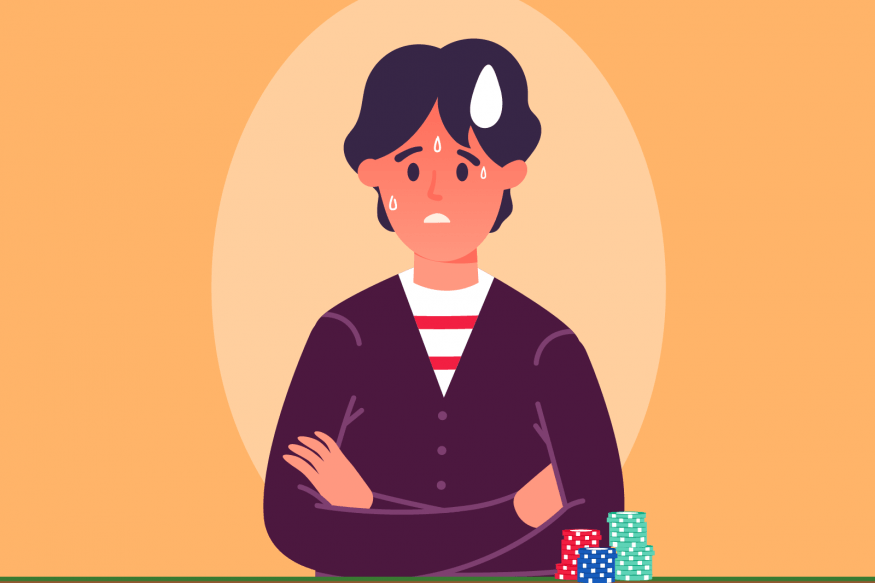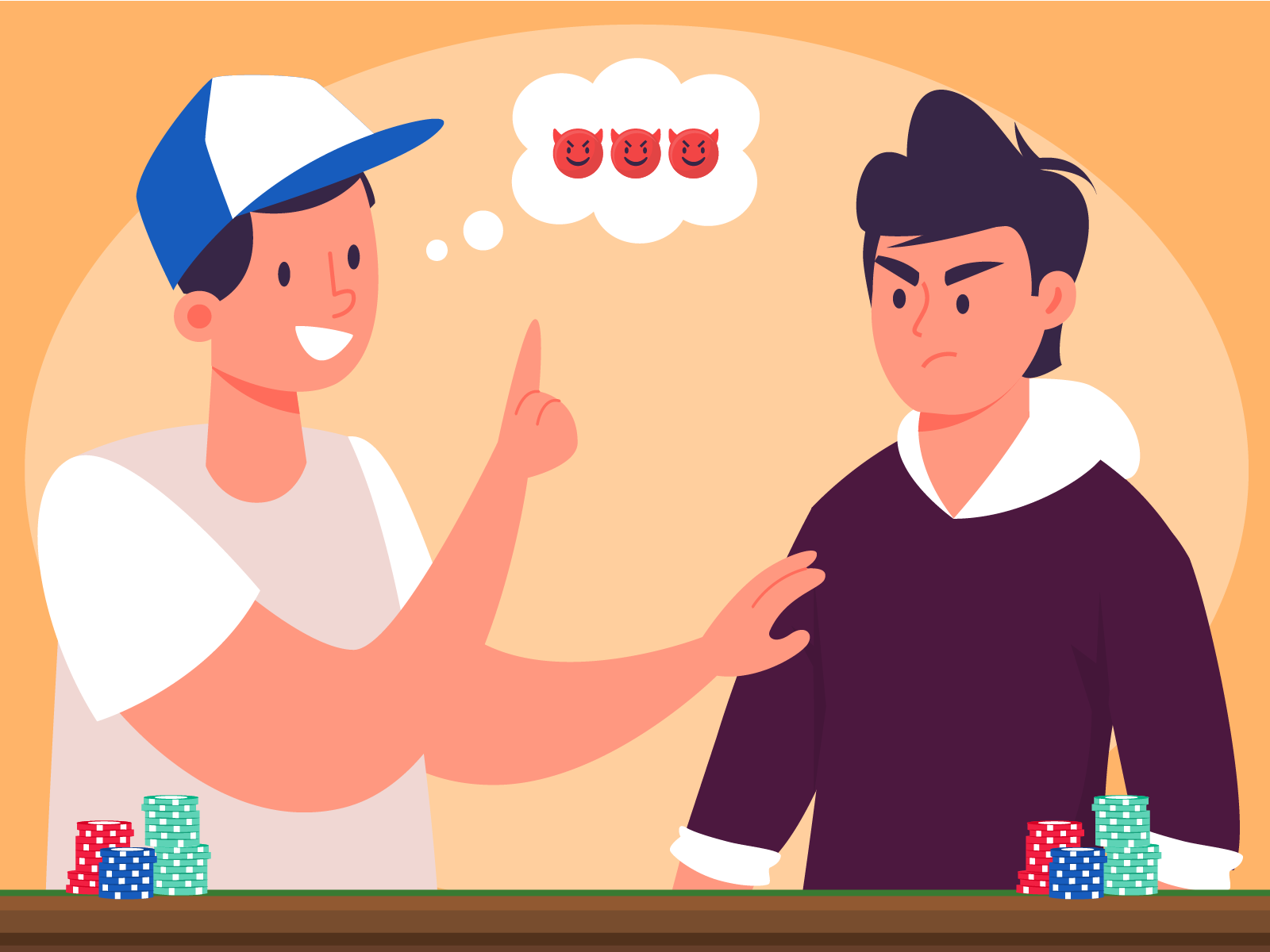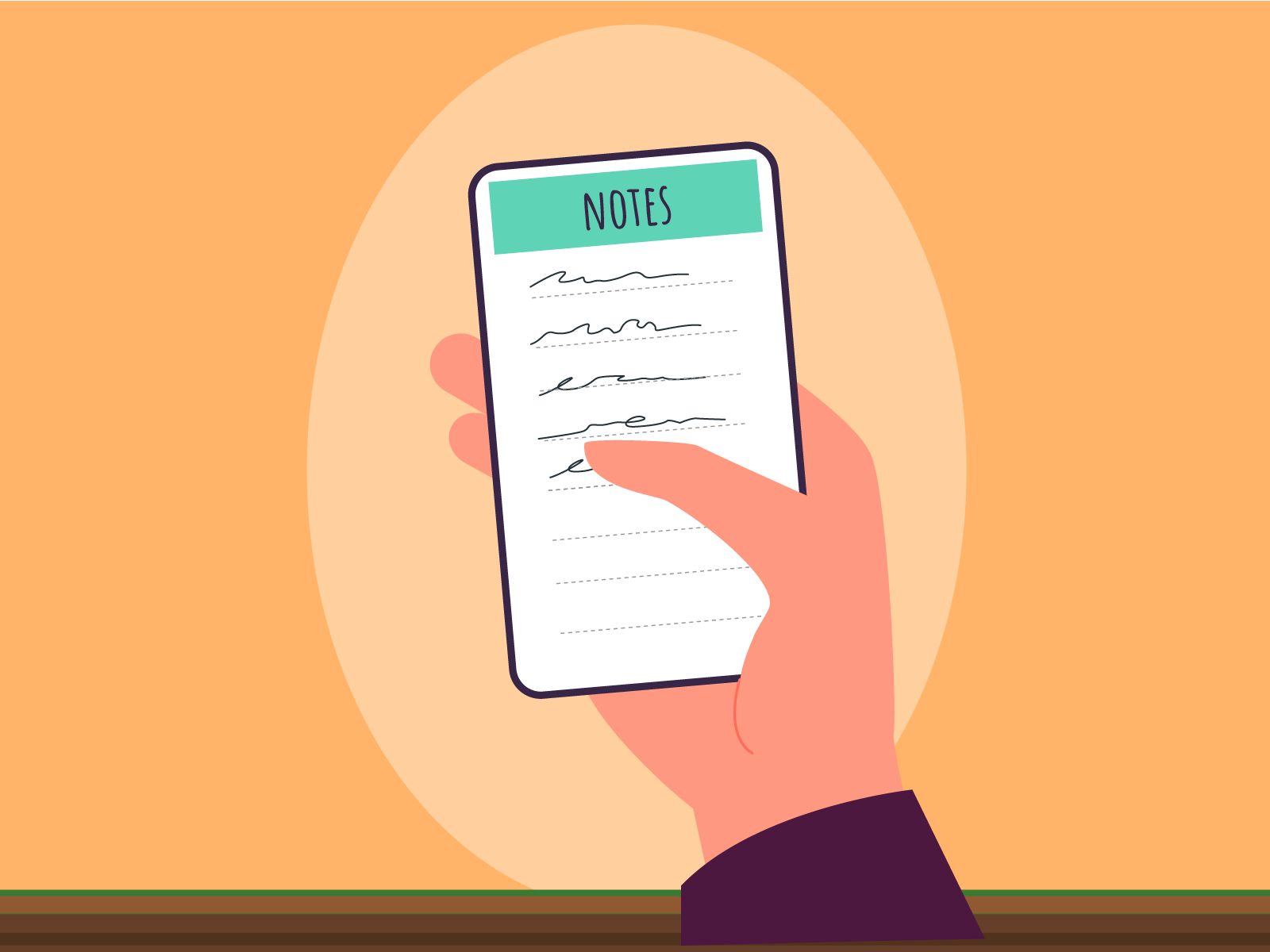Mastering Poker Tells: Six Behavioral Clues Every Player Should Recognize

Understanding the Art of Bluffing in Poker
Bluffing has always been at the heart of successful poker gameplay. To thrive at the table, it’s important not only to execute convincing bluffs but also to accurately detect when others are feigning strength. Becoming skilled at noticing behavioral patterns-known as poker tells-can dramatically increase your edge, particularly in live games where opponents often give away subtle cues.
While recognizing tells can strengthen your play, remember that it’s not an exact science. Reads will sometimes be off, but each mistake is a learning opportunity. By paying close attention to common signals, you’ll steadily sharpen your instincts and decision-making.
Let’s explore six of the most revealing tells that could signal a bluff at the table.
Unusually Intense Eye Contact
Some of the most confident professionals are known for their unwavering stares, designed to make others uncomfortable or to mask their intentions. However, among less experienced players, an intense, almost forced stare usually signals nerves rather than confidence.
If an opponent is fixated on you after making a sizable wager-especially if it’s accompanied by excessive chatter or taunting-they may be trying to appear stronger than they are. For most recreational players, sustained direct eye contact is a conscious effort to intimidate, compensating for insecurity about their hand. However, always consider other factors, such as their usual behavior, before basing a big decision solely on this tell.
Overly Quick Betting Patterns
When a player fires out a bet the instant action is on them, it can indicate a lack of confidence or a desire to induce a fold rapidly. In contrast, players with premium hands typically pause to calculate an effective bet size-hoping their opponent will call for more value.
If you observe rapid-fire bets, especially on crucial streets like the turn or river, and these actions seem out of character, your opponent may be bluffing. While there are rare scenarios-such as an anxious player with a strong hand fearing a draw-most strong hands are bet thoughtfully, not instantly. Watching for these hasty bets and comparing them to prior patterns can reveal hidden weaknesses in your opponents’ play.
Unconventional or Extreme Bet Sizes
Beginning players often struggle to calibrate their bets. You’ll sometimes see them wager amounts wildly out of proportion to the pot, such as betting $200 into a $70 pot. Such outsized bets are frequently attempts to “buy the pot,” hoping no opponent will risk a call.
On the flip side, be cautious: occasionally, an inexperienced or excited player with a huge hand will overbet, hoping to get paid off. To accurately interpret awkward bet sizes, ask yourself:
- Does this player usually bet big or small?
- Have you witnessed them bluff with unusual bet amounts before?
- Is their behavior showing signs of anxiety or impatience?
Staying observant and updating your reads on each player’s tendencies will help you confidently discern when an odd bet size likely signals a bluff.
Unsought “Friendly” Advice at the Table

Waiving away advice from friendly opponents is just as important as seeing through their bluffs. Seasoned poker players are well aware that table talk is a strategic tool. If someone advises you to fold because your hand is “bad” right when they have the betting lead, consider their motives.
While a close friend in a home game may genuinely wish you luck, most competitive players employ this tactic to sway your decision in their favor-especially when they fear your call. Take these verbal cues as potential flags for a bluff, but verify them with other behavioral and strategic information for best results.
Physical Indicators and Nervous Gestures
Using body language as a sole source of reads is risky, but physical tells can strengthen your suspicions if supported by betting patterns. Common red flags include trembling hands, heavy breathing, or repeated swallowing. These are more likely to accompany a bluff when paired with conscious efforts to hide them-a player suddenly stopping chip tricks, for instance.
Beware, however, of reading too much into these cues, especially from experienced regulars who might deliberately display physical signs to mislead you. Physical tells are most effective against amateurs or infrequent live players.
Inconsistent Storylines in Hand Progression
Assessing the logic of your opponent’s actions over the course of a hand is one of the strongest techniques for catching bluffs. Imagine you’ve been the aggressor throughout, yet your opponent suddenly leads out with a large bet on the river after a seemingly harmless card falls. Ask:
- Did the last community card create a plausible scenario for their sudden aggression?
- Have they slow-played before?
- Are they trying to represent a hand that doesn’t logically fit the betting pattern?
When the sequence doesn’t add up-such as a large river bet that contradicts previous cautious play-it is often a sign of desperation. Occasionally you’ll run into a well-disguised strong hand, but more often than not, these “stories” are just bluffs unraveling.
Sharpening Your Table Awareness

The key to reliably spotting bluffs is consistent, active observation. While major hands catch everyone’s attention, true experts also watch the quieter pots and mental notes about how each player behaves in different situations.
Consider tracking:
- Size and speed of bets in marginal pots
- How often a player gets away with talking opponents into folding
- Physical reactions in high-pressure versus inconsequential hands
Keeping records (even just mental ones) of showdowns and behaviors will allow you to form accurate profiles, helping you anticipate bluffs and adjust your strategy. Over time, this vigilance becomes second nature and adds an enjoyable dimension-a game within the game.
Conclusion: The Science of Bluff Detection
Mastering the ability to spot bluffs is an evolving skill that blends theoretical knowledge with firsthand experience. While you can learn the classic tells and patterns, every player is unique and may develop their own habits.
Consistent observation, careful logic, and a willingness to adapt your reads are vital. Use evidence from betting patterns, table talk, physical tells, and logical hand narratives to build your case.
Above all, remember that bluff detection is just one piece of the puzzle for success at the poker table. By continuing to refine all aspects of your game, you’ll naturally improve your ability to identify bluffs-and take more profitable pots because of it.













